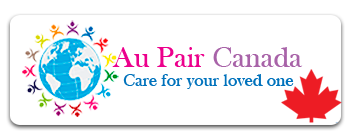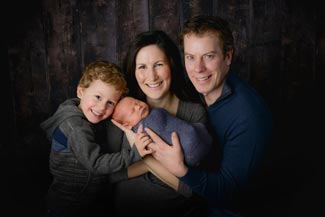An Au Pair is defined as a young person (between the ages of 18-30), who goes abroad to live with a native family and learn (or perfect) a language in exchange for childcare. An Au Pair in Canada is paid minimum wage Meanwhile, a nanny or Caregiver is paid median prevailing wage and does not take part in any cultural exchange.
An Au Pair might be the best option for you. Like a In-home Caregiver, an Au Pair provides affordable and flexible childcare, but
only child-related housekeeping. Au Pairs can arrive in your home within 5-16 weeks of receiving a job offer and are able to work full or part-time hours.
Moreover, you are not required to demonstrate proof of sufficient income, your identity and address, apply for a Labour Market Impact Assessment (LMIA) nor pay for an Au Pair’s airfare to Canada and health care as you would for a In-home Caregiver. Au Pairs are interested in a cultural exchange experience and are looking forward to sharing their language, traditions, food and much more with you and your children.
Differences between an Au Pair and an In-home Caregiver.
| Au Pair | In-home Caregiver |
|---|---|
| Must have childcare experience, preferably outside the family such as babysitting, tutoring, completing an internship in a daycare/preschool | Many have a minimum of 1 year of full-time work experience as nanny, an early childhood education and 1 year of work experience in the according field, or a 6 month care giving training course |
| Main responsibility: childcare Assists with child-related household duties including meal preparation, doing the children’s laundry, and helping to keep their rooms clean | Main responsibility: childcare and housekeeping |
| Always live-in | Option to live-in or live-out |
| 10 – 12 months, sometimes 6 months (Dec-Mar) | 2 years |
| Between 18-29 years of age | No age limit, majority are between 25-45 years |
| High school graduates (ECE certificate for Au Pair Professionals) | Usually high school or post-secondary education in nursing, midwifery or teaching |
| No additional costs | Family must pay for the caregiver’s roundtrip flight as well as healthcare coverage until eligible for provincial health coverage and LMIA costs. |
| Applicant must complete a medical exam and police clearance(s) prior to entering Canada | Applicant must complete a medical exam and police clearance(s) prior to entering Canada |
| Comes to Canada for a “cultural exchange” – more like a big sister to your children | An In-home Caregiver may also offer in-home elderly care or disabled adult care |
| Has a driver’s license | Rarely has a driver’s license |
| Proficient in English as a second language or native speaker | Proficient in English as a second language |
| Au Pair is paid minimum wage | Caregiver is paid median prevailing wage |
| Room and board are deductible, the amount depends on province | Room and board cannot be deducted |
| Working hours range from between 25 – 44 hours per week | Caregiver works full-time between 40 – 48 hours |
| No additional paperwork needs to be submitted to Canadian Embassy or Service Canada | Canadian Embassy processing the application requires potential employers’ Notice of Assessments to determine eligibility, letter from employer, Proof of Identity and Address |
| No Labour Market Impact Assessment required | Labour Market Impact Assessment is required |
| No advertising required | Advertising using at least four different methods of recruitment |
| Processing times range between 5 – 16 weeks | Processing times range between 6 – 9 months |





